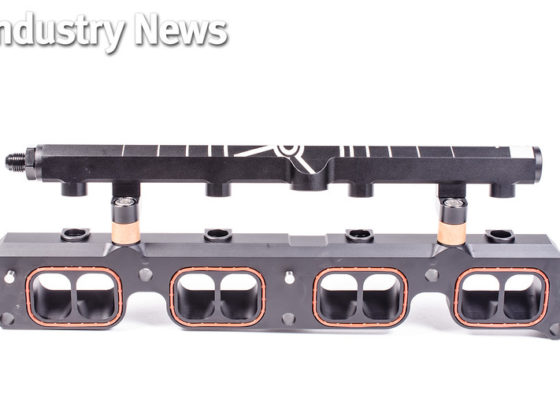,


The C7 comes with the new LT1 engine which is an evolution of the venerable LS platform. Although the LT1 shares a lot of the basic specs of the LS one like block deck, bearing dimensions and bore spacing, it is really an all-new engine breaking new grounds in power, emissions compliance, and efficiency.
The engine is different enough to be given a new generation number. So different is the LT1 that the only parts that are carried over from the LS3 are the wrist pins, wrist pin locks, the valve spring retainers and keepers, a few assorted bolts and the crank key! The new engine is called a Gen V or the 5th generation Chevy small block.


To get these gains, the LT1 has a lot of active engine control; VVT (Variable Valve Technology) which can control the cam advance or retard with 60 degrees of control authority, AFM (Active Fuel Management ) which is a fuel-saving 4 cylinder operation mode and DI (Direct Injection).
Chevy devoted tons of engineering time to the development of the LT1 more than any other engine in their history. Over 10 million hours were dedicated to the computer-aided design of the engine, with a whopping 6 million of those hours devoted to its new combustion system. Thirty analysts worked for three years before the first physical test engine was built.
The engineers evaluated every component in the engine, from the connecting rods to the rocker covers. Inside the engine, the shapes and configurations of the rotating parts were evaluated for mass optimization, ensuring the highest quality and durability were achieved with the lightest, most efficient possible parts. Once the LT1'S V's basic design was refined on computers, the engineers constructed prototype engines and tested them on a variety of dynamometers.
The LT1 is so technically advanced with tons of innovative and even revolutionary features, it deserves for us to take a closer look at its internals in the next segment of Project Stingray.




1 comment
Good article! Thanks